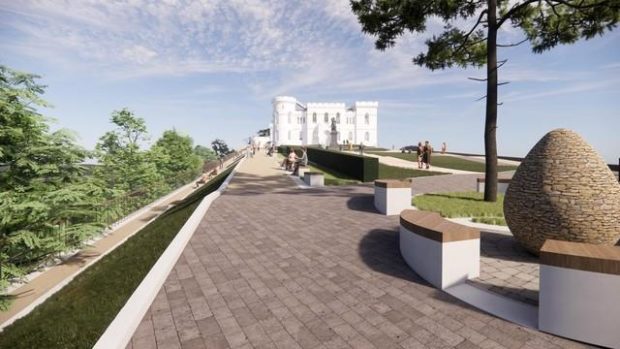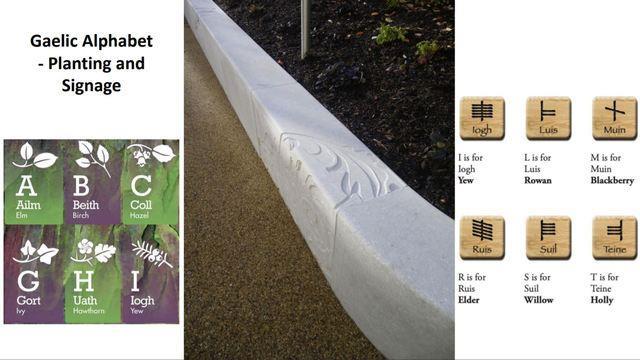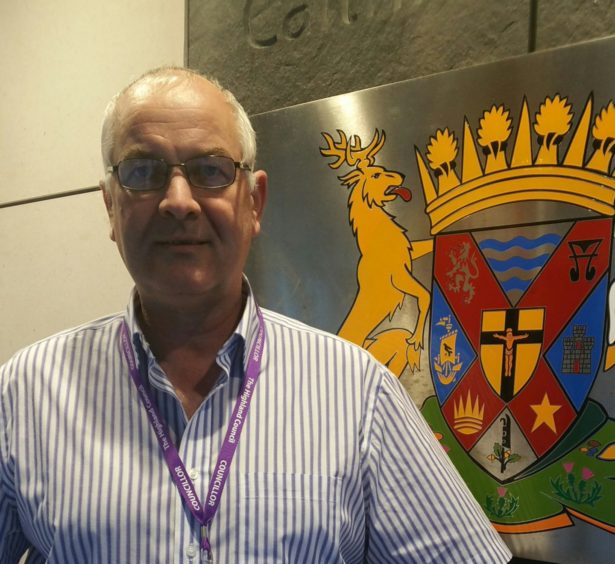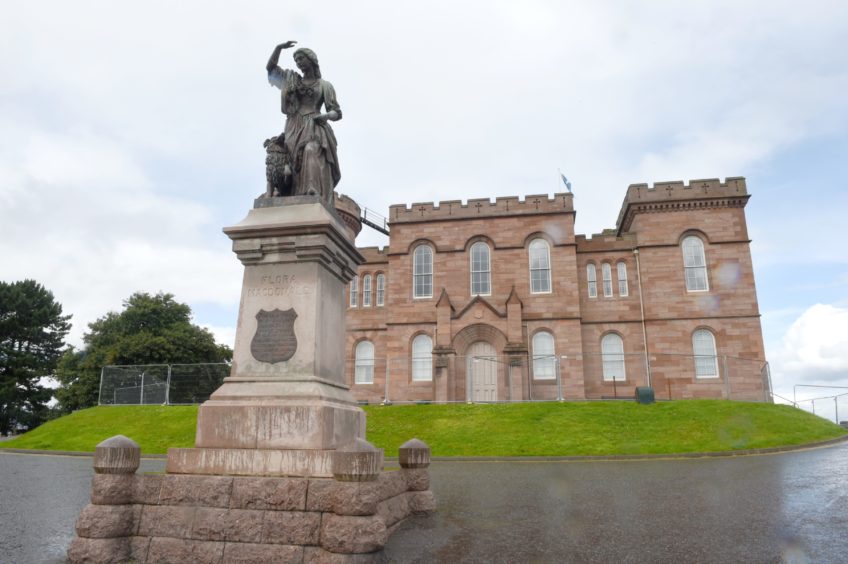One of Scotland’s first Gaelic gardens will be created at Inverness Castle.
The garden is part of a plan to showcase Gaelic language and culture in the ambitious castle redevelopment.
Members of the Highland Council Gaelic committee warmly welcomed the proposals at today’s meeting.
Chairman Allan Henderson said: “It’s an impressive project and I can certainly see when the next Mod comes to Inverness, the massed choirs up there on the esplanade in an area to rival the Edinburgh Festival Tattoo any time.”
What is a Gaelic garden?
You’d be forgiven for wondering what makes a garden Gaelic.
High Life Highland, which is leading the project for the council, say the plants chosen have stories that link back to Gaelic medicines, religion and traditions.
Gaelic phrases and alphabet will be set into the stone, helping to tell the story of the ancient culture.
Elsewhere, a ‘seanchaidh’ (traditional Gaelic storyteller) will welcome visitors to the castle and allow them to discover stories from all over Highland.
Gaelic will also be integrated into a planned Great Tapestry of the Highlands and Islands created by communities across the region.
The project is overseen by a project board and advisory group with representatives from Bòrd na Gàidhlig, and closely follows the Gaelic language plan agreed by the council.
Gaelic should ‘breathe’ outside classroom – and Inverness
While welcoming the proposals, members reminded the council that the project must deliver benefits outside Inverness.
Wick and East Caithness councillor Raymond Bremner cautioned that while the castle is iconic for Inverness, it’s not as iconic to other areas of the Highlands.
“The vision has to be considerate of Gaelic wherever that is,” he said.
“The benefit has to extend to other areas. That was the commitment given at council and we will hold you to that.”
Mr Bremner went on to highlight the potential for education, saying: “This is an opportunity for kids to breathe Gaelic, to speak Gaelic, outside of the classroom environment.”
Councillor Biz Campbell also welcomed the plan while advocating for children in rural areas to be given the opportunity to visit the gardens and learn more about the language and culture.
‘We will all benefit from this iconic landmark’
Councillor Janet Campbell represents Inverness Central. She offered her support to the plans and reassured members that the project would be a “win-win” for the Highlands.
“This amazing ‘work in progress’ building will become one of the most iconic and historic landmarks in Scotland and well beyond,” she said.
Having recently had a walkabout tour, Mrs Campbell spoke of the many hidden features that had been revealed and documented for the public to enjoy.
She said that the revamped castle would be a huge lure to Inverness but also to the whole Highlands.
“We want to share all of this with all of you,” she told Gaelic committee members. “To me, this is a win-win project that we should all be excited about.”



